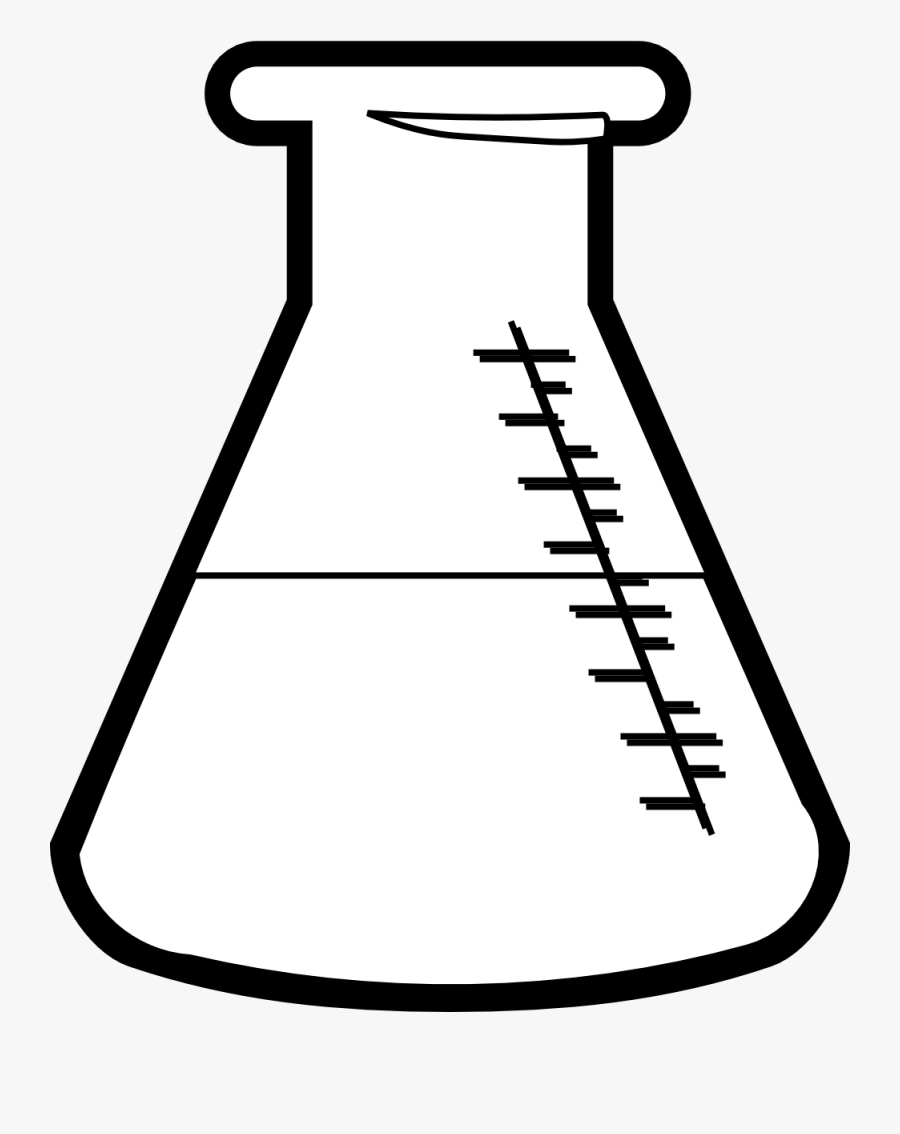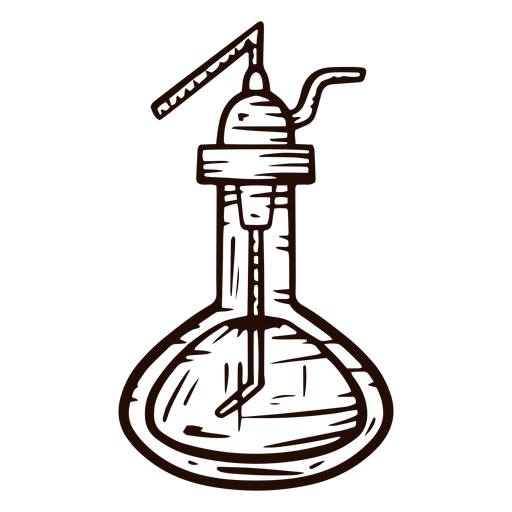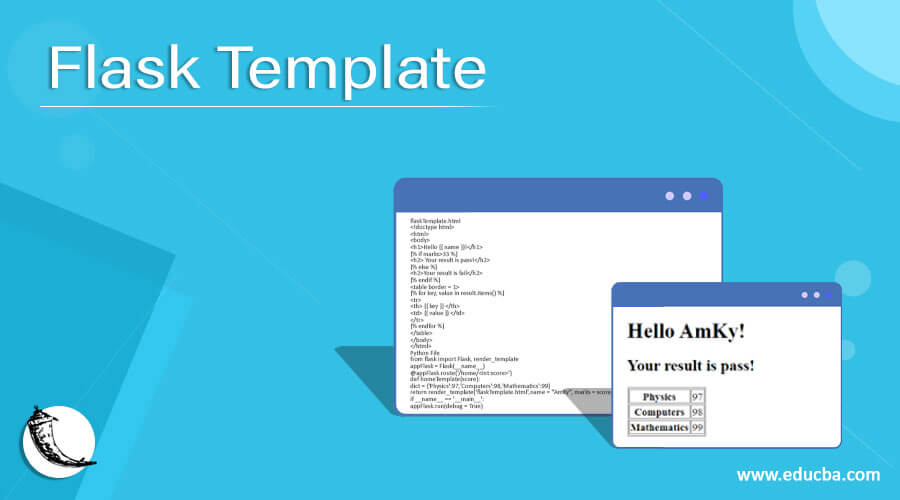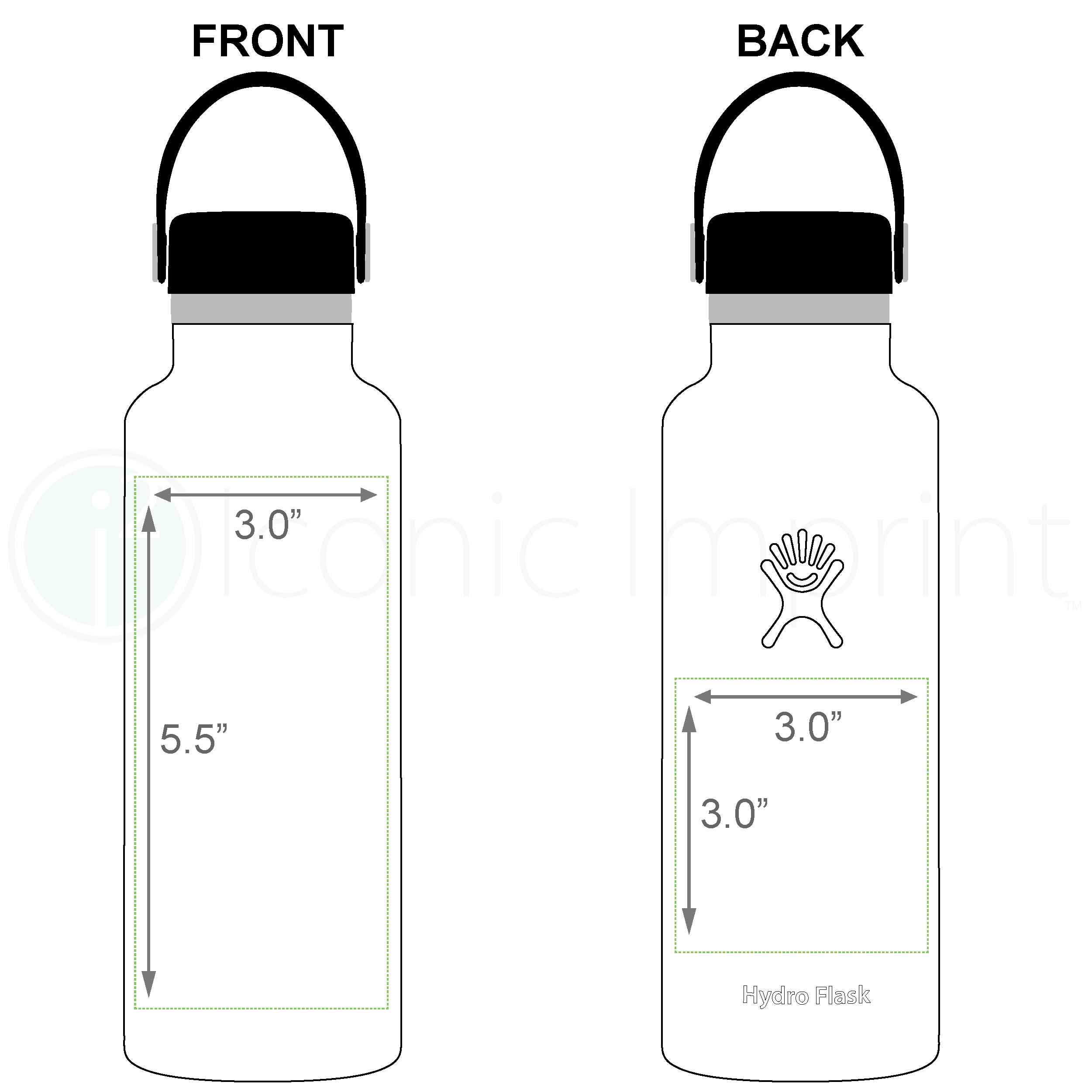Flask Template_Filter
Flask Template_Filter - The default filter name is just the name of the function, but you can pass an argument to the decorator to change that. Argon dashboard flask free free bootstrap 4 admin dashboard for flask. Render_template ('<<strong>template</strong>_file_name.html>', variables = ) 2. Return render_template( 'index.html', arr=[1, 2, 3] ) templates/index.html {% for a in arr | reverse %} Convert a string to all caps. return text.uppercase () Material dashboard flask free free bootstrap 4 admin dashboard for flask. Web you’ll use variables to pass data from the server to the templates. Web the first time the template is used, the filter is called. @app.template_filter ('int_date') def format_datetime (date): Web from flask import flask, render_template app = flask(__name__) @app.template_filter('reverse') def reverse_filter(s): Web flask custom jinja2 template filters syntax # { { my_date_time|my_custom_filter }} { { my_date_time|my_custom_filter (args) }} parameters format datetime in a jinja2 template filters can either be defined in a method and then added to jinja's filters dictionary, or defined in a method decorated with flask.template_filter. Web from flask import flask, render_template app = flask(__name__) @app.template_filter('reverse') def reverse_filter(s): Subsequent. Material dashboard flask free free bootstrap 4 admin dashboard for flask. Changelog new in version 0.10. Web in this code we are registering our function as a jinja filter by using the @app.template_filter() decorator. Web from flask import flask, render_template app = flask(__name__) @app.template_filter('reverse') def reverse_filter(s): Render_template ('<<strong>template</strong>_file_name.html>', variables = ) 2. Web flask application renders templates using the function render_template () the syntax is: Sold and shipped by true brands. Web from flask import flask, render_template app = flask(__name__) @app.template_filter('reverse') def reverse_filter(s): Web register a custom template filter. Add the code into your file flask main file ( see introduction to flask) Web true hip flask stainless steel 6 oz drinking flasks for liquor alcohol flask for men and women. The two following examples work the same and both reverse an object: In your application, you will use templates to render html which will display in the user’s browser. You’ll use logic in templates such as conditionals and loops, use filters to. Web from flask import flask, render_template app = flask(__name__) @app.template_filter('reverse') def reverse_filter(s): Web register a custom template filter. The two following examples work the same and both reverse an object: In flask, jinja is configured to autoescape any data that is rendered in html templates. The default filter name is just the name of the function, but you can pass. Web in this code we are registering our function as a jinja filter by using the @app.template_filter () decorator. Web flask custom jinja2 template filters syntax # { { my_date_time|my_custom_filter }} { { my_date_time|my_custom_filter (args) }} parameters format datetime in a jinja2 template filters can either be defined in a method and then added to jinja's filters dictionary, or defined. If the value passed to the filter was not constant, the filter. Web the first time the template is used, the filter is called. Web flask custom jinja2 template filters syntax # { { my_date_time|my_custom_filter }} { { my_date_time|my_custom_filter (args) }} parameters format datetime in a jinja2 template filters can either be defined in a method and then added to. Web register a custom template filter. Web from flask import flask, render_template app = flask(__name__) @app.template_filter('reverse') def reverse_filter(s): If the value passed to the filter was not constant, the filter. Web hydro flask creates insulated, stainless steel water bottles to keep you hydrated on any adventure. Web true hip flask stainless steel 6 oz drinking flasks for liquor alcohol flask. Web in this code we are registering our function as a jinja filter by using the @app.template_filter() decorator. Web i have a flask application which uses jinja2 template filters. Render_template ('<<strong>template</strong>_file_name.html>', variables = ) 2. If the value passed to the filter was not constant, the filter. The two following examples work the same and both reverse an object: Web in this code we are registering our function as a jinja filter by using the @app.template_filter() decorator. The default filter name is just the name of the function, but you can pass an argument to the decorator to change that. The two following examples work the same and both reverse an object: In flask, jinja is configured to autoescape. If the value passed to the filter was not constant, the filter. Web the first time the template is used, the filter is called. Web flask application renders templates using the function render_template () the syntax is: An example of template filter is as follows: Argon dashboard flask free free bootstrap 4 admin dashboard for flask. Web in this code we are registering our function as a jinja filter by using the @app.template_filter() decorator. Web you’ll use variables to pass data from the server to the templates. Convert a string to all caps. return text.uppercase () Subsequent renders use the cached version with the evaluated constsnt and the function is not called. The two following examples work the same and both reverse an object: The default filter name is just the name of the function, but you can pass an argument to the decorator to change that. Return render_template( 'index.html', arr=[1, 2, 3] ) templates/index.html {% for a in arr | reverse %} The brand’s line of flasks (along with its other products) is made of bevguard technology that moderates temperatures—making it perfect for toasty or frigid conditions. Sold and shipped by true brands. Web flask custom jinja2 template filters syntax # { { my_date_time|my_custom_filter }} { { my_date_time|my_custom_filter (args) }} parameters format datetime in a jinja2 template filters can either be defined in a method and then added to jinja's filters dictionary, or defined in a method decorated with flask.template_filter. @app.template_filter ('int_date') def format_datetime (date): In your application, you will use templates to render html which will display in the user’s browser. Web from flask import flask, render_template app = flask(__name__) @app.template_filter('reverse') def reverse_filter(s): Add the code into your file flask main file ( see introduction to flask) You’ll use logic in templates such as conditionals and loops, use filters to modify text, and use the bootstrap toolkit to style your application. Template inheritance will help you avoid repetition. Web flask custom jinja2 template filters syntax # { { my_date_time|my_custom_filter }} { { my_date_time|my_custom_filter (args) }} parameters format datetime in a jinja2 template filters can either be defined in a method and then added to jinja's filters dictionary, or defined in a method decorated with flask.template_filter. If the value passed to the filter was not constant, the filter. The default filter name is just the name of the function, but you can pass an argument to the decorator to change that. An example of template filter is as follows: Web hydro flask creates insulated, stainless steel water bottles to keep you hydrated on any adventure. Web the first time the template is used, the filter is called. Web in this code we are registering our function as a jinja filter by using the @app.template_filter () decorator. Web you’ll use variables to pass data from the server to the templates. Web in this code we are registering our function as a jinja filter by using the @app.template_filter() decorator. Subsequent renders use the cached version with the evaluated constsnt and the function is not called. In flask, jinja is configured to autoescape any data that is rendered in html templates. You’ll use logic in templates such as conditionals and loops, use filters to modify text, and use the bootstrap toolkit to style your application. Web from flask import flask, render_template app = flask(__name__) @app.template_filter('reverse') def reverse_filter(s): The brand’s line of flasks (along with its other products) is made of bevguard technology that moderates temperatures—making it perfect for toasty or frigid conditions. Web flask application renders templates using the function render_template () the syntax is:TN LAB Supply Filter Vacuum Flask Heavy Wall Side Arm Flask 5000 ml 5L
Flask Templates Variable Filters YouTube
Flask icon graphic design template Royalty Free Vector Image , Aff,
Image Result For Template Flask Black And White , Free Transparent
PPT Lab Equipment PowerPoint Presentation, free download ID5466302
Filter flask experiment hand drawn Transparent PNG & SVG vector file
Flask Template How to Create and Use Template in Flask?
Personalized Personalized Hydro Flask 21 oz Standard Mouth Bottle
3d filter flask 250
flasktemplate.pdf
Web Flask Uses The Jinja Template Library To Render Templates.
The Default Filter Name Is Just The Name Of The Function, But You Can Pass An Argument To The Decorator To Change That.
Convert A String To All Caps. Return Text.uppercase ()
Each Flask Stands 6 Inches High And Holds 8 Ounces Of Liquor.
Related Post:










